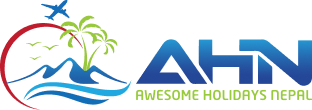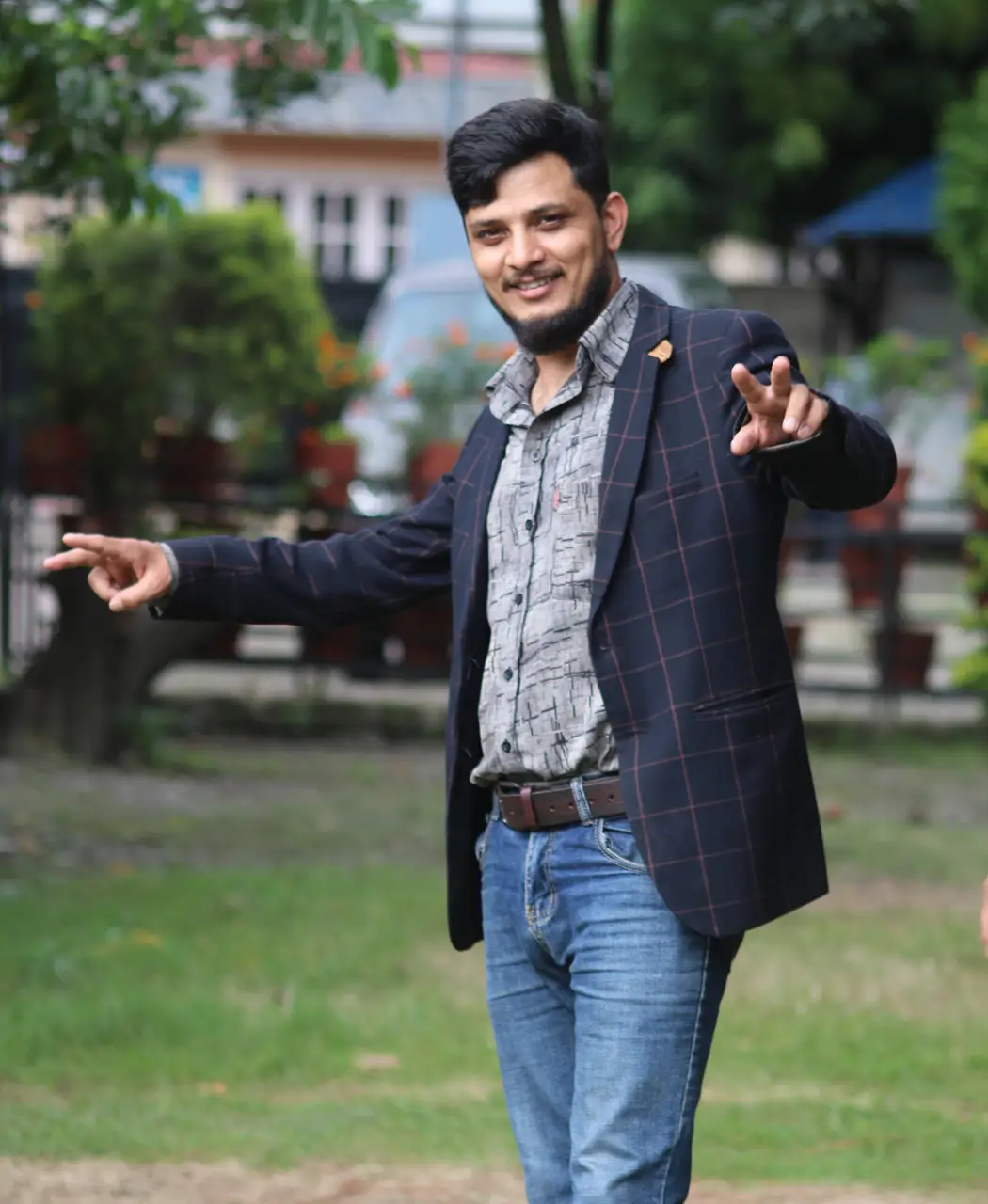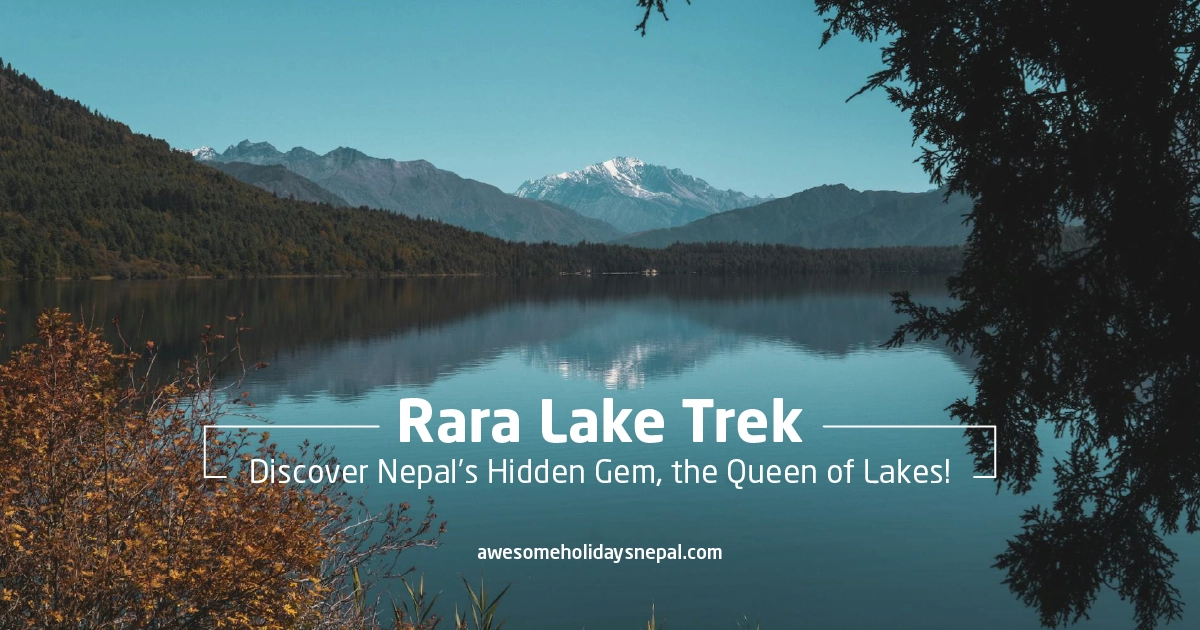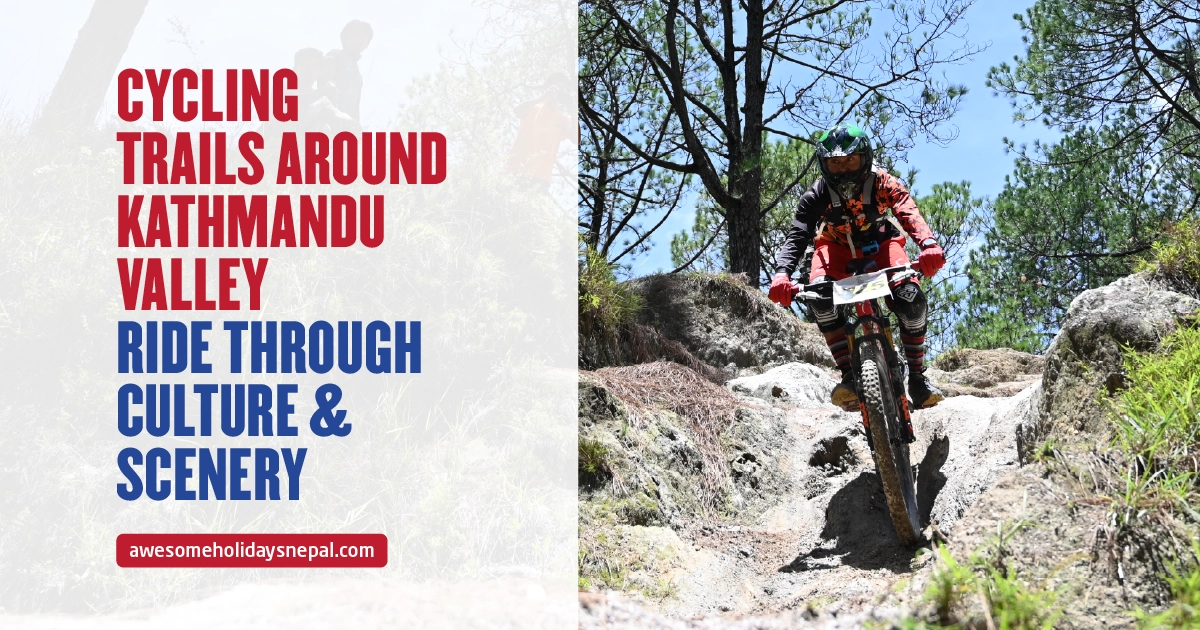21 Things to Know Before Travelling to Nepal

Are you planning to travel to a perfect blend of the Himalayas, adventure, culture, and tranquility of Nepal? There are certain things to know before travelling to Nepal. Nepal is indeed a landlocked country with huge options for trekking and mountaineering.
Whether you’re looking for a quick one-day city tour, hiking around the capital city, or 120 days of trekking along the Great Himalayan Trail, Nepal offers pristine landscapes. Lush forests, green pastures, meadows, majestic mountains, valleys, picturesque mountains, the legacy of Gorkhas, and ancient heritages make Nepal a rich destination to travel to in 2025.
If you plan to visit Nepal, here is a quick guide to help you learn the essential 21 things before traveling to make your trip unforgettable.
1. Visa and Entry Information
Nepal’s government is quite liberal about issuing visas to foreigners who visit the country for tours, adventures, or work. Visas on arrival are issued to most countries except 13, including a few South Asian nationalities.
The Department of Immigration is responsible for issuing visas to any foreigner visiting Nepal. For countries with exceptions, you will have to apply for a visa at Nepalese Embassies located in the respective country.

For foreign travelers, the Visit visa is issued as an entry visa (On-Arrival Visa) at the port of entry, like Tribhuvan International Airport. The tourist visa is only extended for 150 days of stay in a single year. Visa-on-arrival and e-visa options are available that can be processed through https://nepaliport.immigration.gov.np/
On Arrival Visa Fee at Entry Points is as follows:
a. For 15 Days – 30 USD
b. For 30 Days – 50 USD
c. For 90 Days – 125 USD
In the case of a Visa Extension, the following additional charges are applicable. Tourist visas are extended for at least 15 days, with USD 45 and USD 3 per day for additional days. If payment is delayed for less than 150 days, an additional USD 5 is charged per day as a late fee.
2. Assure Travel Insurance
Traveling to a mountainous region with rugged terrain, securing travel insurance is one of the crucial steps to safeguard your valuable goods and belongings. Travel insurance is an essential part of your trip, providing security and financial protection.
Travel insurance provides various coverages for unforeseen situations, such as medical coverage, trip cancellations, baggage loss, and emergency evacuation.
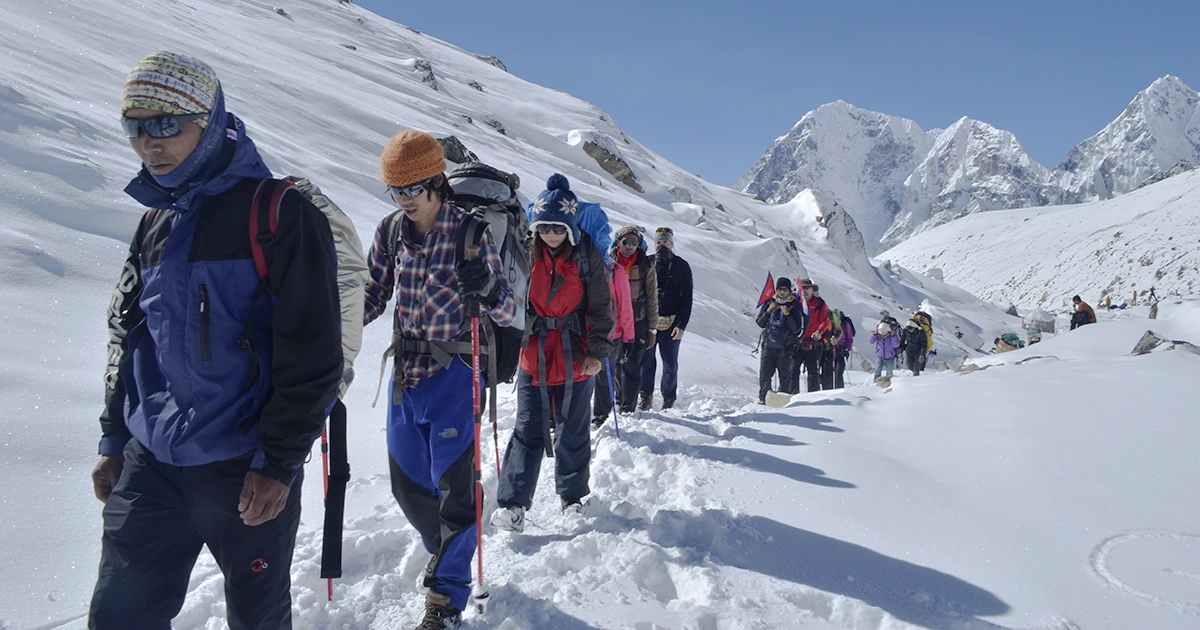
3. Left-Hand Traffic (LHT)
Nepalese vehicles must drive on the left side of the road, with the driver’s seat on the right side of the vehicle. This practice often dates back to English colonial influence, and it is less common compared to global right-hand traffic (RHT).
Travelers visiting Nepal should familiarize themselves with this LHT system to navigate roads and crosswalks safely. Pedestrians are also supposed to walk from the left side of the road.
4. UBER in Nepal?
Navigating the busy streets of Kathmandu, Pokhara, and Chitwan can be a challenge, but with the rise of ridesharing apps like Sajilo, Tootle, Pathao, Sarathi, inDrive, and Jumjum, the locals and tourists can get around the city in a convenient and reasonable way.
Uber is not available in Nepal, but similar apps can help you travel in town in a two-wheeler or four-wheeler. With user-friendly interfaces, these ridesharing apps allow riders to book their rides quickly, track the vehicle in real-time, and pay via cash or digital wallets.
Rental Services
Apart from renting vehicles in Nepal, it is a popular option for travelers who are seeking flexibility and convenience to ride bicycles, motorbikes, cars, 4WD vehicles, or SUVs; a variety of vehicles are available to suit different travel needs.
To rent a vehicle in Nepal, one must have a Valid International Driver’s License, an International Driving Permit (IDP), and, of course, a valid passport. After filling out all the details in the Waiver form, you must have travel insurance.
As per the rental service provider’s rule, you might need to deposit a Security fund, which is refundable upon vehicle return.
5. Eight of the Tallest Fourteen Mountains are in Nepal
The majestic Himalayan range has fourteen peaks above 8000m, eight of which are within Nepal’s territory. Eight of the world’s 14 peaks over 8000 meters, including Mt. Everest (8,848m), Kanchenjunga (8,598m), Lhotse (8,516m), Makalu (8,462m), Dhaulagiri (8,167m), Manaslu (8,156m), Cho Oyu (8,153), and Annapurna (8,091m), are only in Nepal.
This remarkable cluster of towering peaks strengthens Nepal’s reputation as a haven for mountaineers, trekkers, and adventure enthusiasts from across the globe.
6. Nepal Has its Own Calendar
Nepal’s unique official calendar system, the Bikram Sambat (B.S.), is used for administrative, cultural, and religious purposes. This solar calendar is approximately 56 years and 8 months ahead of the Gregorian calendar. For example, the year 2024 A.D. corresponds to 2081 B.S. According to the Gregorian calendar, the first month of this calendar is Baisakh, around mid-April.
Similarly, the Newa community has another unique Nepal Sambat, which is more popular in the Kathmandu valley and among Newars throughout the country. It was the official calendar of Nepal until the end of the Malla dynasty in 1769. After King Prithvi Narayan Shah unified Nepal, the existing calendar was replaced with Bikram Sambat.
7. Language
Nepali, written in the Devanagari script, is the official language of Nepal and is spoken by a majority of the population. It is also used in official government documents, education, and the media, and as a lingua franca for communication between different ethnic groups.
There are 123 languages spoken all over Nepal. Maithali, Bhojpuri, Tharu, Newari, and Sherpa are other prominent languages spoken in Nepal. Though English is not our native language, it has been a second language taught in schools and is widely used in urban areas.
8. The Nepali Greeting
“Namaste” is a greeting that involves joining palms and fingers together. It can be used to greet people of all ages and at any time of the day, and the reply is Dhanyabad, which means “Thank you.”
In remote areas, there is less command of English or Nepali; people use their ethnic languages to communicate. In such cases, travelers may need a translator or guide to communicate effectively. And, yes! Nepali people value polite and humble communication, with a smile of agreement.
9. Nepalis prefer to eat with Their Hands
Eating habits and methods vary widely, reflecting the cultural traditions, resources, and preferences of different societies. Spoons and forks are used to consume food in the eastern countries, whereas chopsticks are widely used in China, Japan, and Asian countries of the periphery.
On the other hand, Nepali people use their right hand to eat, which is not just a method of consuming food but a cherished cultural practice that connects people to their meals and traditions. Eating with the right hand is a traditional practice that reflects a profound sense of mindfulness and respect for the food.
10. Authentic Nepali Cuisine
Every community, ethnic group, and house in Nepal weaves a flavorful fusion of diverse cultural influences, reflecting a rich tapestry of tastes, textures, and aromas. Nepali cuisine is deeply rooted in the people’s geography, climate, ethnicity, and social life, reflecting the country’s rich diversity.
Kathmandu Valley has a majority of Newar people offering authentic Newari foods like Bara, Yomari, and Chatamari, deserted by Juju Dhau. The Sherpa or Gurung communities occupy the Himalayan settlements. Visitors to the high Himalayas are welcomed with yak cheese, Churpi, and Shakypa.
Dal bhat, Gundruk, Dhedo, Timur ko achar, and Thakali food sets are other all-time favorite cuisines of Nepal. Mo: Mo is another popular food consumed all over Nepal. Sel-roti, a doughnut-like food, is prepared all over Nepal during festivals by almost every ethnic community.
11. Photography Etiquettes
With its spectacular scenery, lively cultures, and amusing heritage, Nepal is a photographer’s paradise. However, respecting local customs and traditions is vital when capturing moments. Always ask for consent before taking photos of people. Temples, monasteries, and stupas allow photographs, but some restrict pictures of sacred garbha-griha.
Respect privacy and do not take exclusive photographs that show nudity, highlight poverty, and always ask parents to take snaps of children.
Drone shots are increasingly popular nowadays, but permission from the Civil Aviation Authority of Nepal (CAAN) is required in most areas. National parks and conservation areas have their own rules and regulations for drone photography. Make sure to know about them if you travel to such areas.
12. Accommodation Options
Nepal offers a wide range of packages for travelers, offering diverse accommodation options for budgets, preferences, and travel styles. Luxury accommodation includes international boutique chain hotels ranging from 3★ to 5★ in major cities like Pokhara, Chitwan, and Kathmandu.
Lodges and teahouses, along with WIFI, hot water, and AC, are available on the trekking routes. Various communities have developed homestays, allowing travelers to experience traditional lifestyles and authentic cultural experiences.
Some remote trekking trails, like Kanchanjunga and Dhaulagiri, need more hotels or tea houses, so we must carry our supplies, such as food, tents, and other necessities.
Before traveling to Nepal, one can book hotels or rooms using online platforms like Booking.com, Airbnb, Agoda, Expedia, TripAdvisor, MakeMyTrip, and others.
13. Guided Tours vs. Independent Travel
Nepal is a beautiful country with people who are full of pure hearts and hospitality. One can travel to Nepal alone or with loved ones, friends, and family. Depending on your budget, leisure, and interests, all travel plans can be made in Nepal. If you’re plunging yourself into booking a trip and cannot decide whether to make a group tour or an independent trip, here are some highlights of both types of packages.
Traveling alone in Nepal allows you to choose your mode of transport, either a local bus or a travel bus or hiring a private car. This also provides you with flexibility in itinerary and accommodations.
Traveling in a group adds many advantages. Guided travel tours are the most convenient way to travel. You just sit back, relax, and enjoy yourself. We will manage everything for you. Our company will take care of your logistics, accommodation, and itinerary. We provide you with experienced tour or trekking guides and porters to carry your luggage and manage a safer place to stay overnight.
You will have many friends to talk to and take photographs with. The most important thing is your safety. Your mates and our office representatives will always surround you to watch your back. In case of any injury or emergency, you have your supporting hands.
14. Trekking Permits
Most Trekking routes pass through high mountain trails that are part of national parks or conservation areas. Trekking Permits are compulsory for all kinds of trekkers, whether traveling in a group or solo. The types of permits and permit fees vary depending on the specific trekking regions.
Here is a list of all the permits needed for each trekking region.
TIMS Card
The Trekkers’ Information Management System (TIMS), introduced through a collaborative effort between the Nepal Tourism Board (NTB) and the Trekking Agencies Association of Nepal (TAAN), will be applicable for group trekkers using services from government-approved trekking agencies starting April 1, 2023.
The charge for the TIMS card is NPR 2000 for individual international trekkers and NPR 1000 for SAARC citizens. If anyone is found to have violated the law, they face a fine of Rs 12,000.
Restricted Trekking Permit (Special Permits)
‘Restricted Areas’ or ‘Controlled Areas’ are highly regulated by the Government bodies of Nepal. One can enter only with a special trekking permit processed via an authorized trekking company like Awesome Holidays Nepal. A restricted trekking permit is issued by the Department of Immigration (DoI).
National Park Permit
There are 12 National Parks, one hunting reserve, and one wildlife reserve in Nepal. The Department of National Parks and Wildlife Conservation (DNPWC) monitors and manages all these protected areas. National Park permits are issued by the Department of National Parks and Wildlife Conservation (DNPWC) located within the NTB building at Bhrikuti Mandap, Kathmandu.
Conservation Area Permit
The National Trust for Nature Conservation (NTNC) protects the six conservation areas in Nepal. Visitors entering these conservation areas require a Conservation permit issued by the National Trust for Nature Conservation (NTNC) permit counter located within the Nepal Tourism Board building.
Rural Municipality Trekking Permit
Khumbu Pasang Lhamu Rural Municipality has charged NPR 3,000 since September 2024. It is the only local-level government among all Rural municipalities that has implemented the trekking permit rule for trekkers in the Khumbu region.
15. Effect of Ascending Altitude During Trekking
As you travel to a country with varied geography ranging from 80 m to 8848.86m above sea level, you need to know the altitude and its effect on us when we go to higher altitudes.
Above 3000 m, the air becomes thin, and the volume of oxygen is reduced. Your body will adapt by breathing faster and more deeply, trying to take in more air. Certain hormones, enzymes, and red blood cells will increase to allow your blood to carry higher amounts of oxygen into the blood.
At 3,600 meters (12,00 feet), the barometric pressure in the atmosphere is roughly 480 mm/Hg, which raises the risk of High-Altitude Pulmonary Edema (HAPE) and High-Altitude Cerebral Edema (HACE). This can lead to symptoms of altitude sickness, such as headaches, dizziness, nausea, and shortness of breath. Climbing to higher elevations with lower oxygen levels will increase physical strain, as well as increase stress on the cardiovascular system
Hence, the body needs time to acclimate to adapt to the shortage of breath. This is why gradual ascents and proper acclimatization are vital for safe and healthy trekking. Rest days are critical. Slow down your pace, get rest, drink enough water, and eat enough energy-giving food during your journey to high passes and mountain base camps.
16. International Airports in Nepal
Nepal has only three international airports that cater to travelers coming from and going to various countries.
Tribhuvan International Airport, situated in Kathmandu, is the only international gateway to Nepal and is the hub for domestic and international flights. It is about 5 kilometers from the city center and connects flights from 17 airports worldwide.
Pokhara International Airport is situated at Chhine Danda, Pokhara, approximately 3 km east of Pokhara’s existing Domestic Airport. At an elevation of 800 m, this airport has three international parking bays and eight domestic parking bays.
Gautam Buddha International Airport, located at Siddharthanagar in Rupandehi district, commenced its first international flight on 16 May 2022. The airport features a cargo building with a capacity of 8000 square meters.
17. Currency and Money Exchange
“Rupaiya” or “Rupees” is the official currency of Nepal, denoted with Rs or NPR or रू. The central “Nepal Rastra Bank” is responsible for issuing and regulating Nepal’s currency. The currency was introduced in 1932 in coins and bills of various denominations. NRB has introduced coins for units 1, 2, 5, and 10.
Similarly, the banknotes are denominated in units of Rs1, Rs 2, Rs 5, Rs 10, Rs 20, RS 50, Rs 100, Rs 500, and Rs 1,000. Smaller units of 100 paisa make one rupee. These banknotes feature an image of Mount Everest, projecting historical figures and cultural codes.
Its exchange rate is based on a peg set against the Indian rupee (INR) with a fixed rate of NPR 1.6 to INR 1. Other currencies have a variable exchange rate that NRB determines based on the global forex market.
Nepal Rastra Bank and other A-grade banks offer the facility of exchanging major currencies like USD, EUR, INR, and GBP. Licensed Money Exchange Counters are available in airports and major tourist hubs like Thamel Pokhara, Bhaktapur, and other major cities. Hotels might also assist you in exchanging your money. If you travel to Nepal, carrying smaller bills (Rs. 100 or less) with you might always be handy.
18. UNESCO World Heritage Sites – 7 out of 10 are in Kathmandu Valley
Nepal’s world heritage sites are broadly divided into two categories: natural world heritage sites and cultural world heritage sites. These include two national parks, Chitwan and Sagarmatha National Parks, and two cultural sites, Kathmandu and Lumbini.
The various places to visit in Kathmandu include the seven sites of the valley: Kathmandu Durbar Square, Bhaktapur Durbar Square, Patan Durbar Square, Swayambhunath, Boudhanath, Pashupatinath, and Changunarayan Temple. Read our blog on UNESCO World Heritage Sites in Nepal to learn more about them.
19. Gautam Buddha was Born in Nepal
The Lord Buddha was born in 623 BC in the sacred garden of Lumbini, in the Terai plains of southern Nepal. The place is marked with the Ashok Pillar, decorated with the ancient Brahmi script, which was discovered in December 1896 by General Khadga Shamsher Jang Bahadur Rana and Alois Anton Führer. Buddhism is the fourth-largest religion in the world.
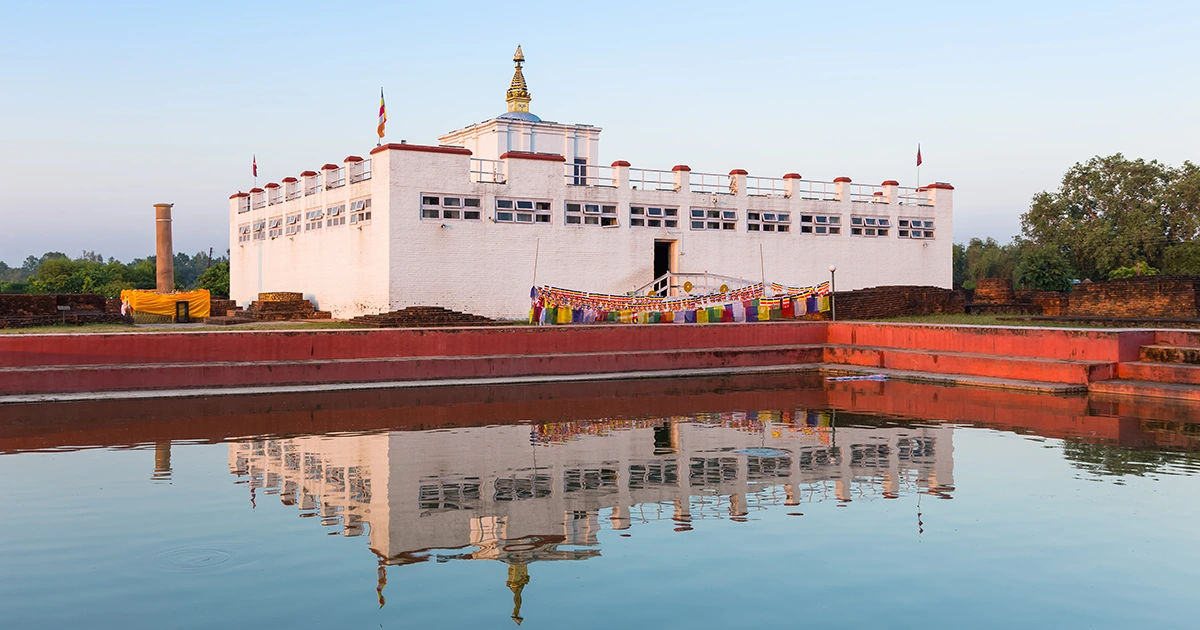
20. National Flag
When it’s time for the national flag, we all feel proud of the only non-rectangular national flag in the world. Its exceptional design of two triangular shapes stacked together symbolizes the Himalayas. The Crimson red, also the national color, represents the people’s bravery and is Nepal’s national color. The Blue border symbolizes peace and harmony.
The upper triangle holds the crescent moon, and the lower triangle holds the sun, which signifies Nepal’s permanence, hope, resilience, and calmness.
21. The Use and Trade of Drugs are Illegal in Nepal
The use, ownership, production, and distribution of drugs are strictly prohibited under the Narcotic Drugs Control Act 1976 in Nepal. The government enforces stringent measures to combat drug-related activities and protect public health.
Nepal became a party to the UN Single Convention on Narcotic Drugs-1961 as amended by the 1972 protocol. Since then, Narcotics and psychedelic substances like marijuana, opium, heroin, cocaine, and synthetic drugs like amphetamines have been banned in Nepal. Any kind of possession, trafficking, or use of drugs is of zero tolerance in Nepal. In case of violation of rules, heavy fines and imprisonment are defined by the law depending on the quantity of substance found.
Foreign visitors caught with drugs face the same legal consequences as locals, including potential deportation after serving sentences. For medicines, you need a prescription from an authorized doctor to get the medicine from a chemist.
FAQs
Expand AllDo I need a visa to enter Nepal?
Yes, you must have a visa approved to enter Nepal. You can obtain a tourist visa on arrival at Tribhuvan International Airport in Kathmandu or apply online via Nepal’s official immigration website. Make sure your passport is valid for at least six months.
What is the best time to visit Nepal?
The most popular times to visit Nepal are during spring (March to May) and autumn (September to November). This is the time when the weather is stable, skies are clear, and trekking conditions are ideal. However, Nepal offers year-round travel opportunities depending on your interests.
Is Nepal safe for tourists?
Nepal is considered one of the safest countries for travelers. But stay alert for petty crimes like pickpocketing, especially in tourist areas like Thamel. Trekking in remote areas is safe if you hire a licensed trekking guide and follow local advice.
What currency is used in Nepal, and can I use foreign currency?
The official currency is the Nepalese Rupee (NPR), which is equivalent to approximately $135. Foreign currencies are not accepted for everyday transactions and have to be converted into Nepali rupees. You can exchange the currency from authorized money exchange houses and banks in Nepal.
What kind of food can I expect in Nepal?
Nepali offers a diverse, flavorful cuisine. Dal Bhat (rice, lentil soup, vegetables, and pickle) is the national dish of Nepal. Indian, Tibetan, Chinese, and Western options are also listed on the menu in major cities and trekking routes.
Can I trek without a guide in Nepal?
As per the new rule of 2023, solo trekking is restricted in many regions, including Everest, Manaslu, and Annapurna. You need to hire a government-licensed trekking guide and purchase the required permits through a registered trekking agency
What kind of clothing should I pack?
You need to pack layers of clothing based on your trekking region and elevation. Bring warm clothes, down jackets for the mountains, light clothes for the lowlands and valleys, a good rain jacket(umbrella), and a pair of comfortable walking shoes.
Is the internet and mobile network available throughout Nepal?
Various ISPs have provided Wi-Fi in major cities and hotels along trekking trails. Mobile networks (NTC and Ncell) are available all over Nepal and cover most areas. Buying a local SIM card is a good idea for internet and calls.
Are there any cultural dos and don’ts I should be aware of?
One must respect local customs, dress modestly, especially in temples and rural areas. Always remove your shoes before entering someone’s home or a religious site, and always ask permission before taking someone’s photo.
Related blog posts
Discover a choice of tourist destinations loved by most of our visitors. Whether you're on a jungle safari to spot rare animals or walking through a world heritage site, these well-planned itineraries cover the major highlights of Nepal.
